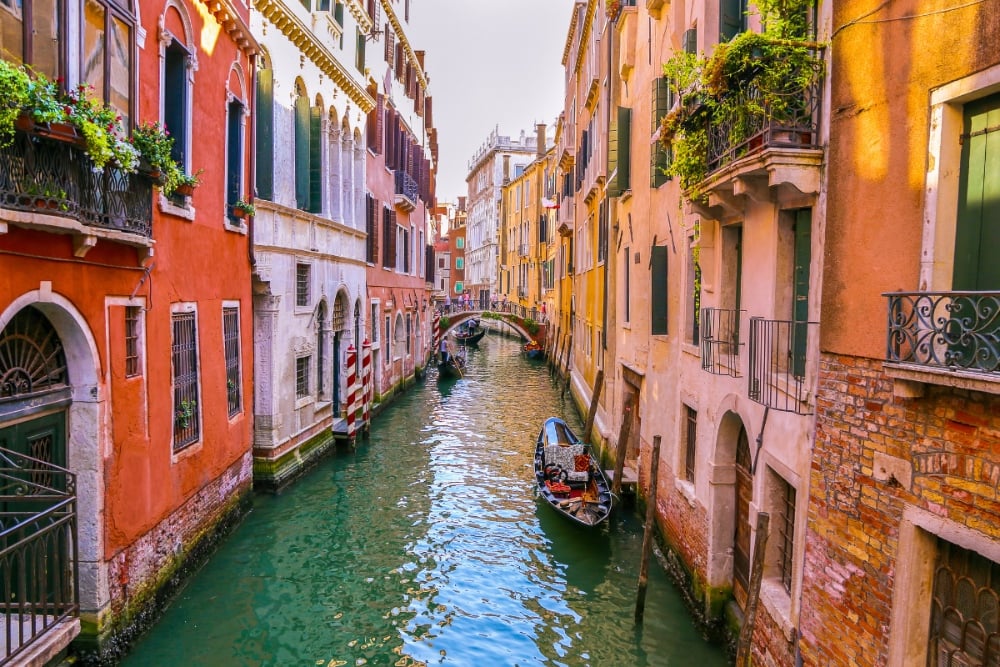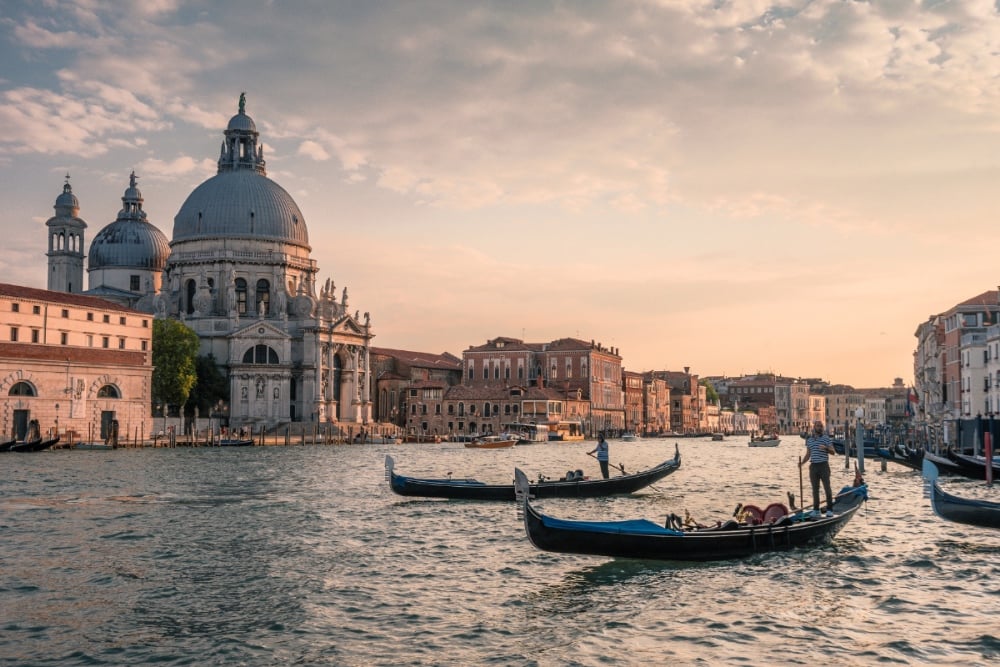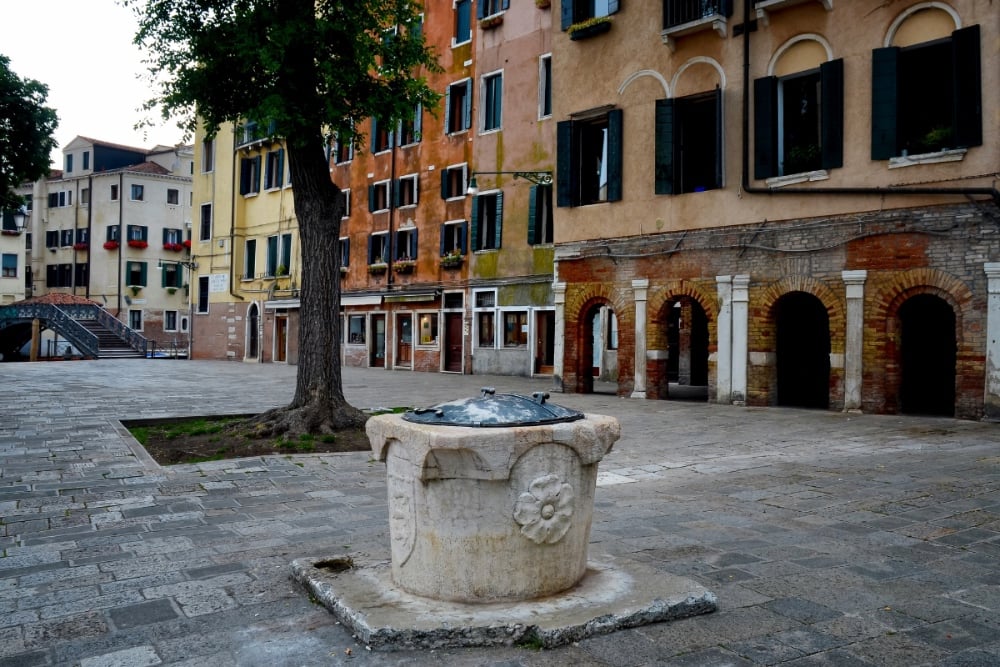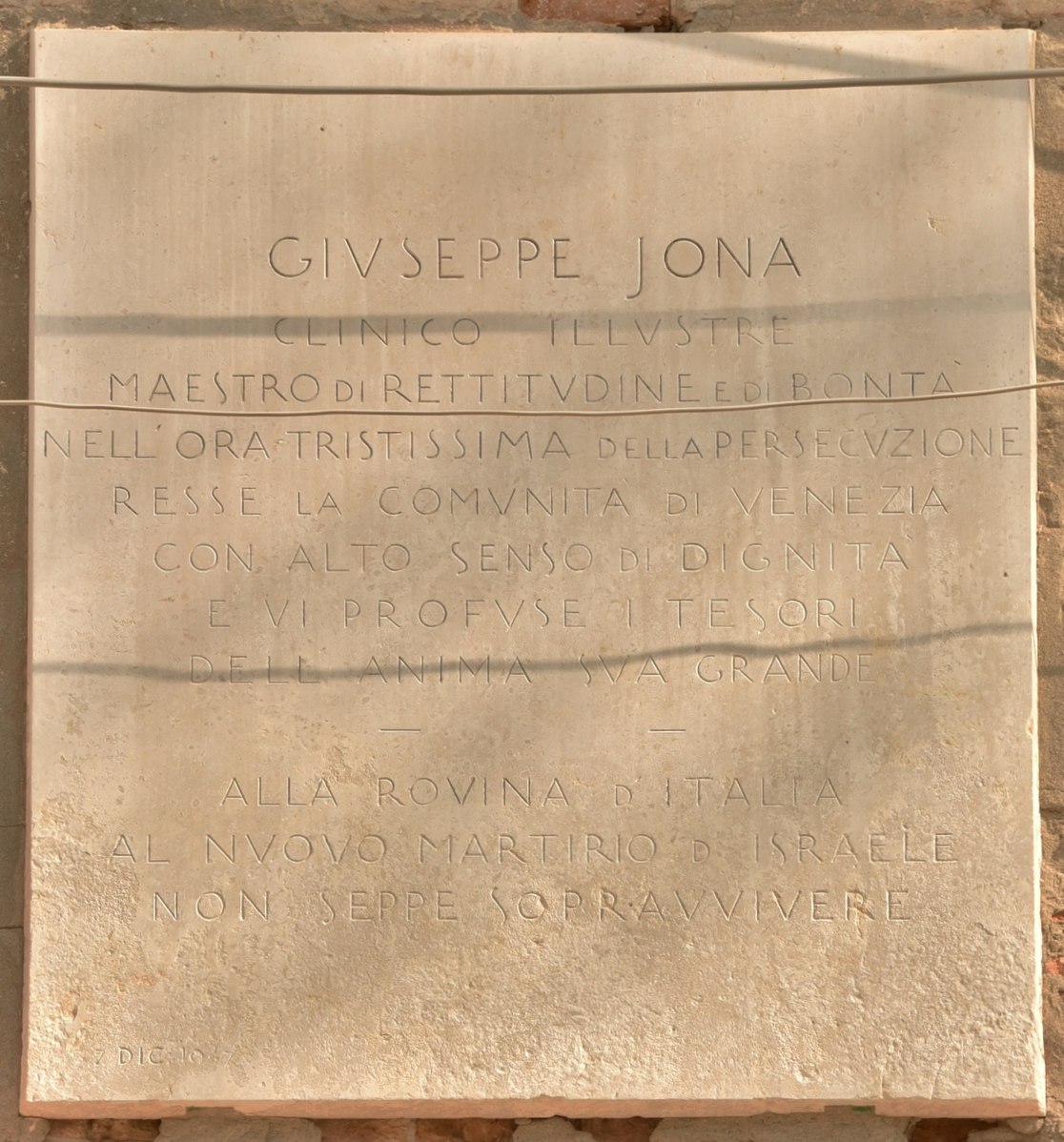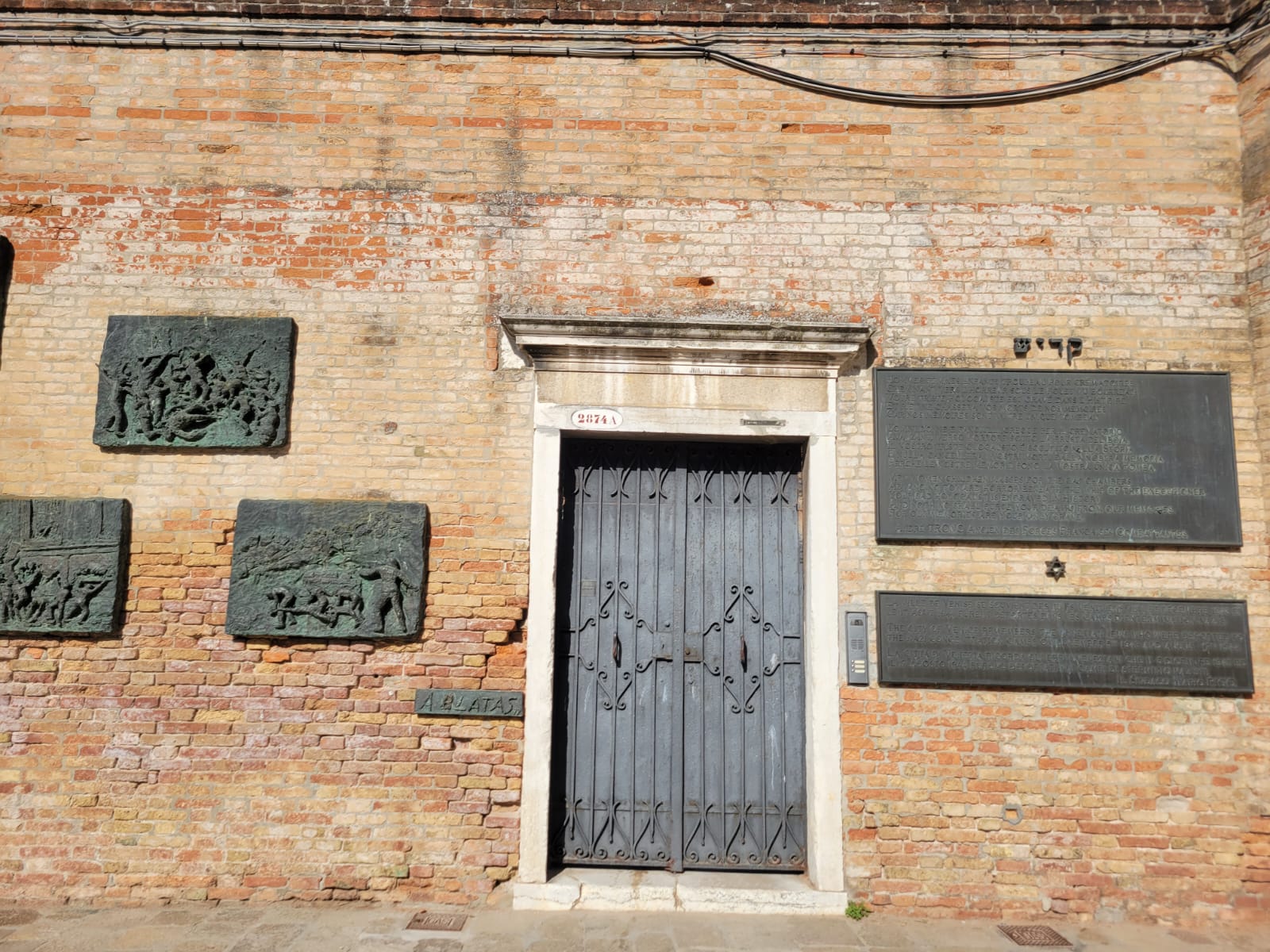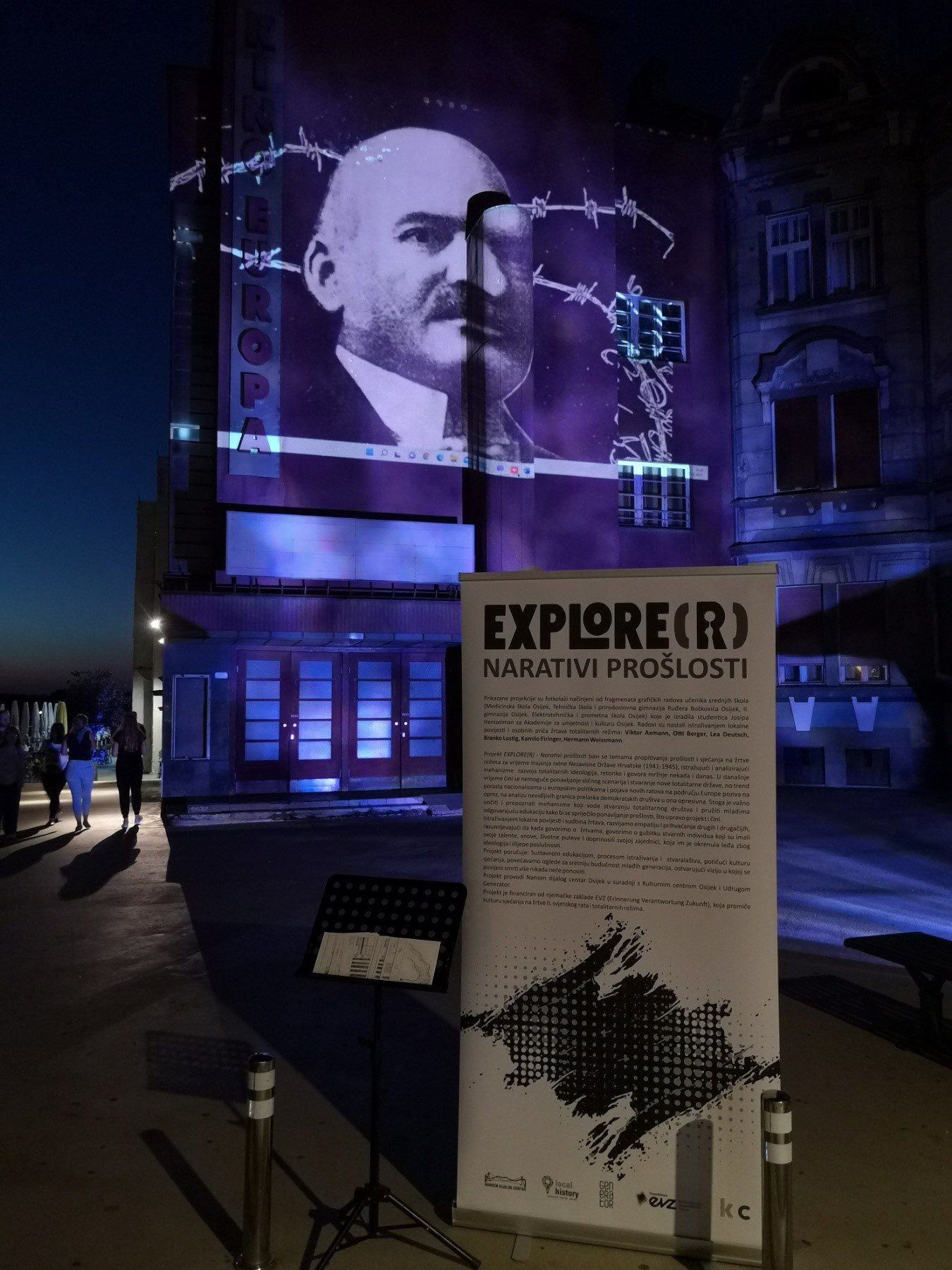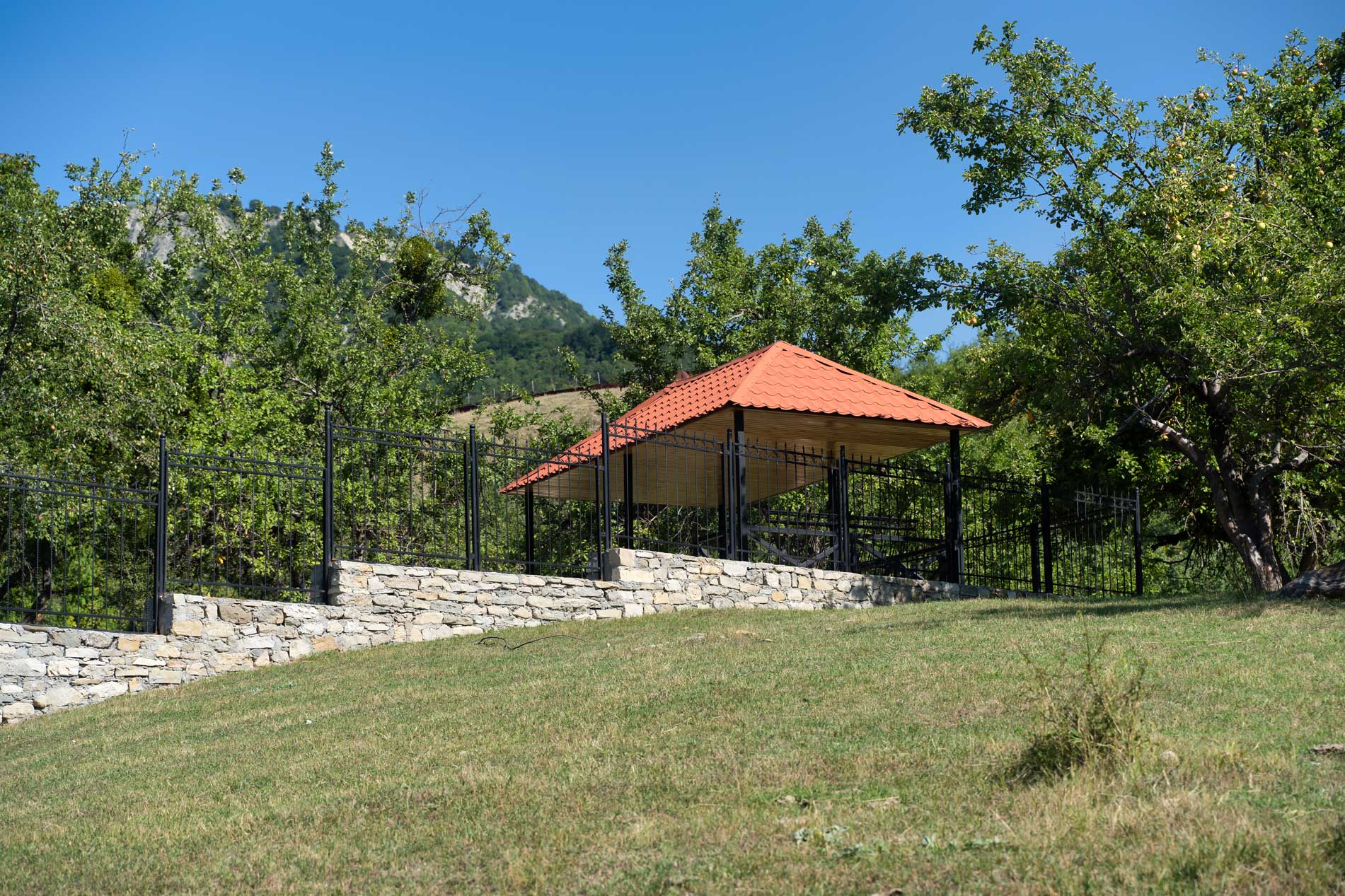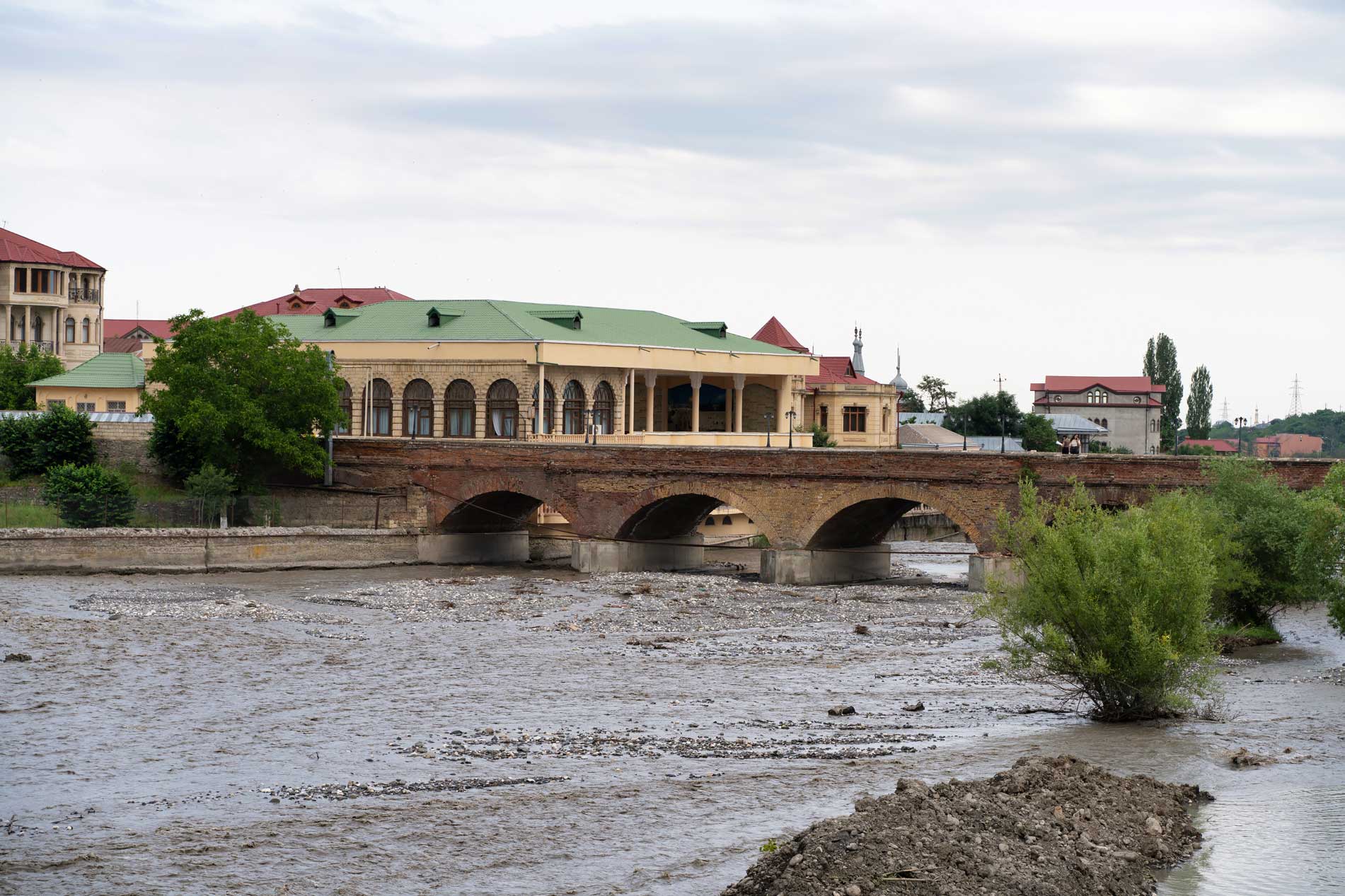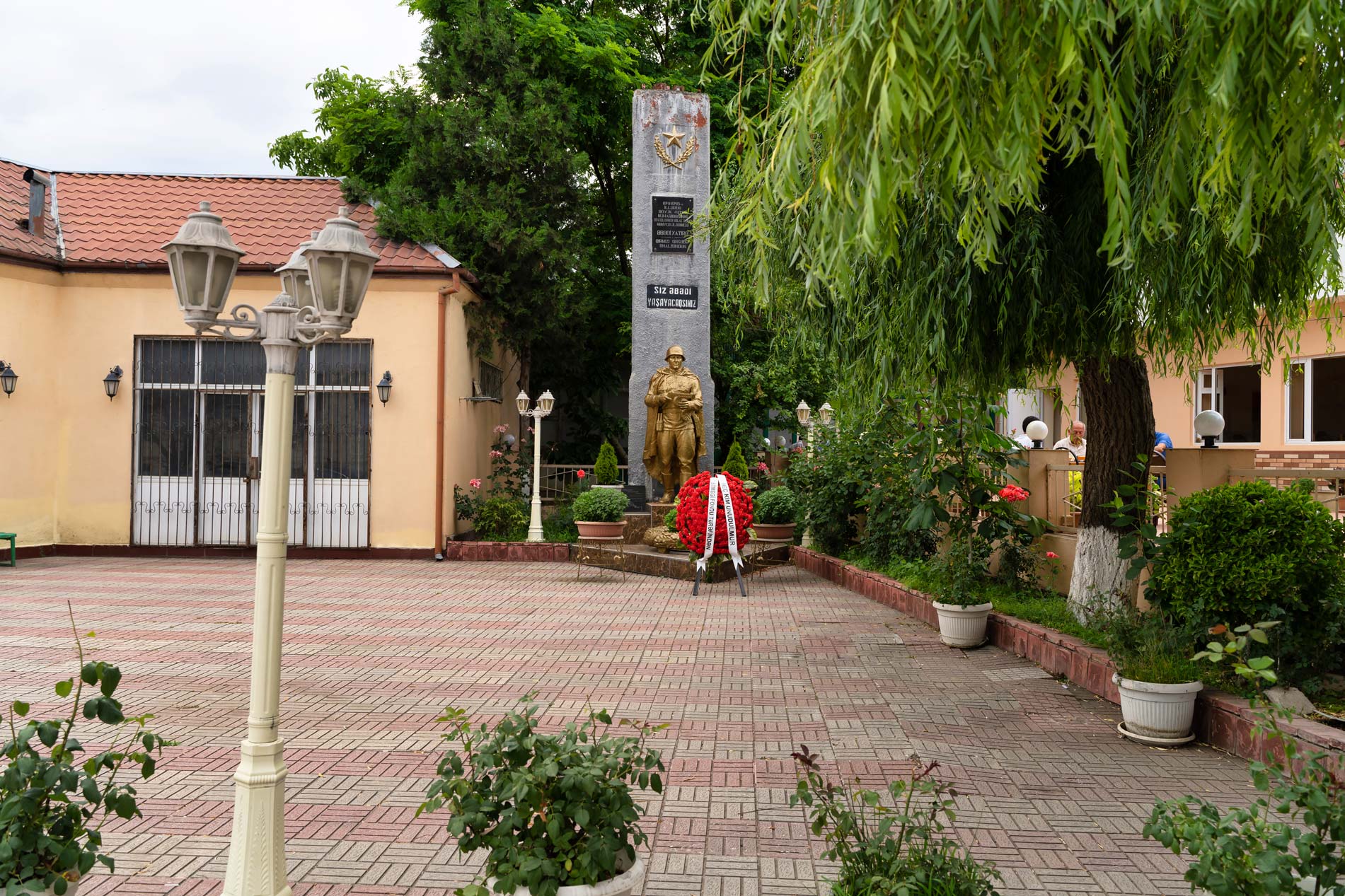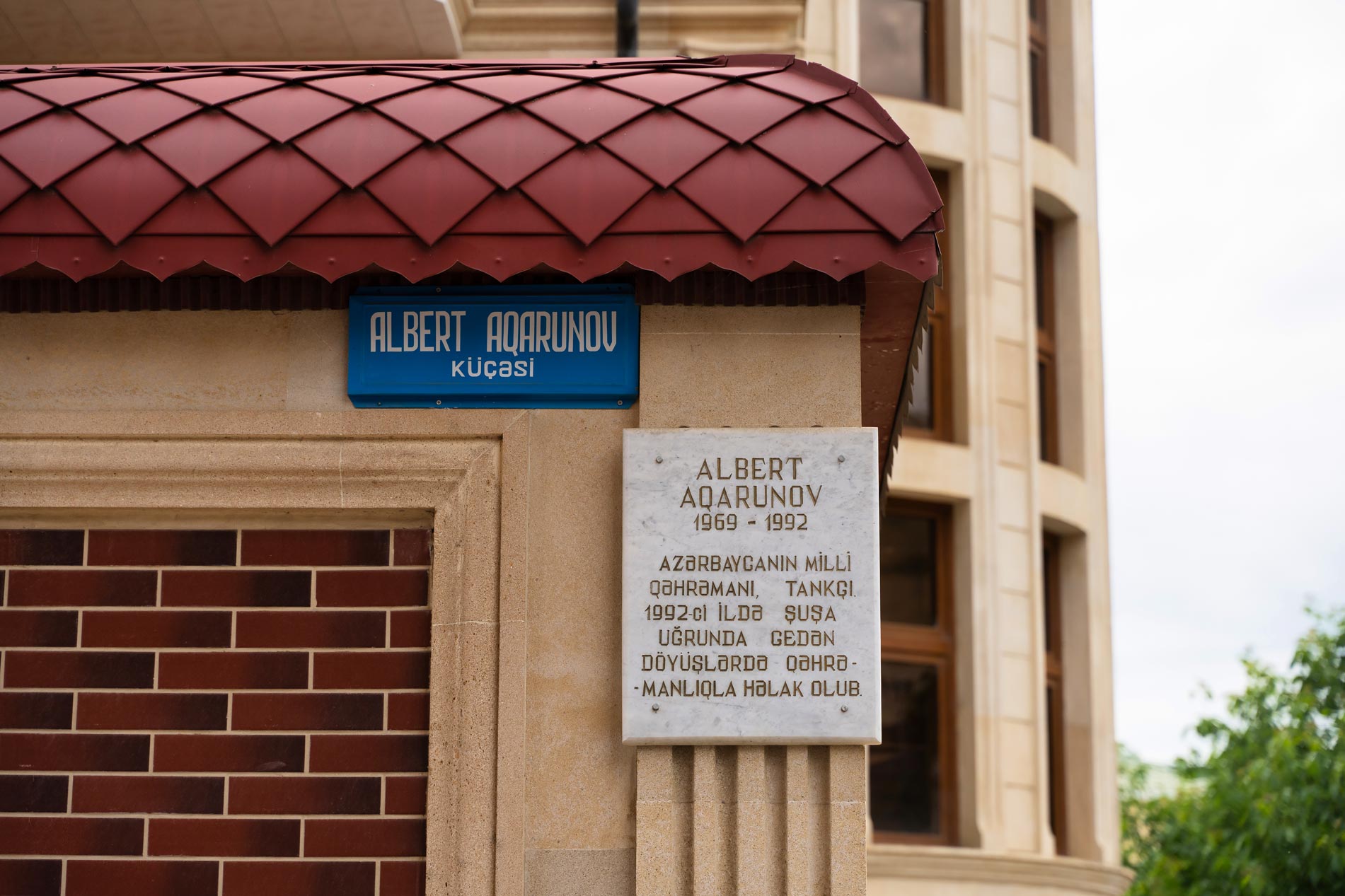As the capital and cultural center of Spain, Madrid is one of the most visited cities in Europe. Immerse yourself into Spanish heritage with streets invigorated by rhythmic Flamenco music, cultural venues at the Prado and Reina Sofia showcasing world-class European art, and a deep Jewish history hidden in its timeless neighborhoods.
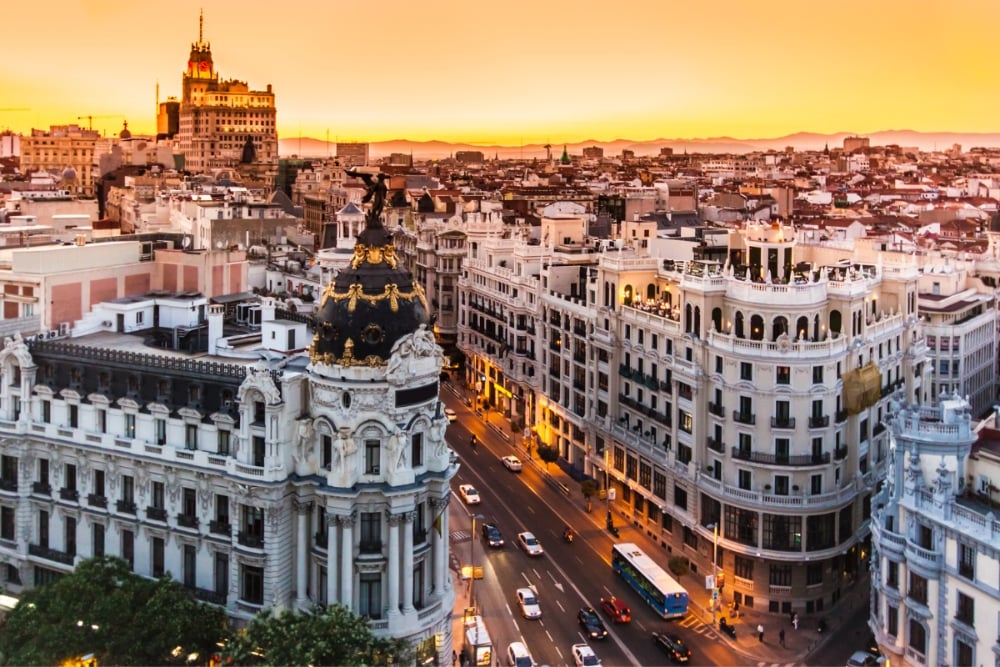
Madrid is interwoven in the fabric tale of Spanish Jews, or Sephardic Jews, that were part of a mass expulsion from the country during the 15th century. The city awaits you to discover its rich history preserving the city’s Jewish legacy and modern attractions giving hope to a returning Jewish diaspora once excluded.
Jewish Culture and History in Spain
Traces of Jews in Spain on record date back as early as the 3rd century, with a Latin burial inscription found in the Spanish village of Adra—references to Safarad, Hebrew for Spain, can be found in earlier texts in the Book of Obadiah, the specific location can’t be concluded. However, it was not until the 11th century that documents Jews in Madrid.
Madrid wasn’t always the vibrant and energetic capital it is today—a hub more heavily focused on Toledo, less than an hour’s drive southwest of the capital. Like many Sephardic communities, those living in Madrid thrived in the Judería, or Jewish quarter. It was a four-block district near present-day Teatro Real, survived by period Jewish homes. It was a self-sustained community with businesses owned by and serving the community.
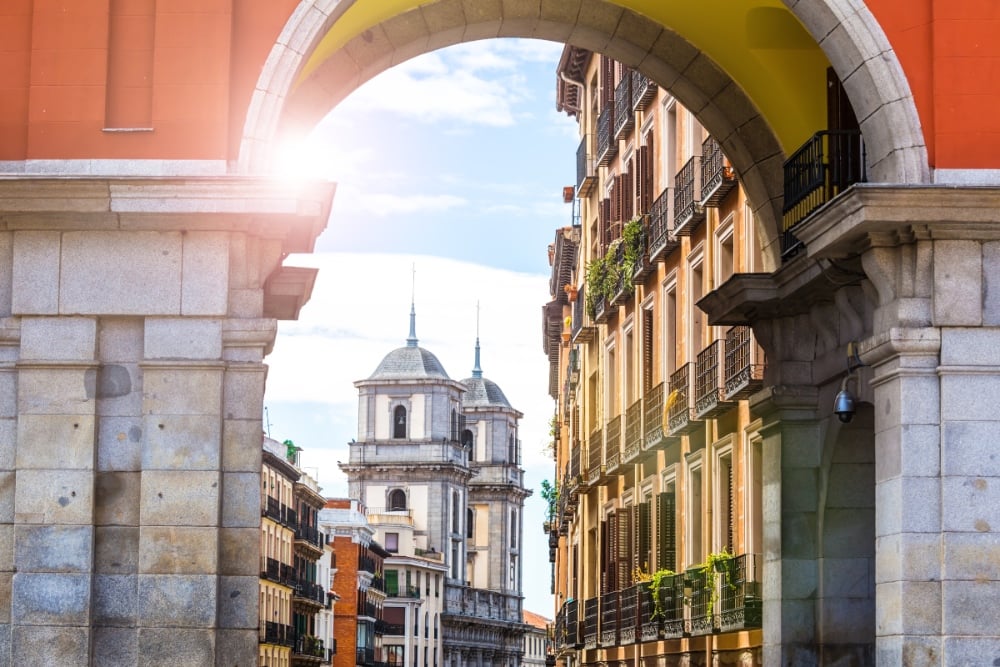
The decline of Jews in Madrid came in 1391 when angry mobs destroyed much of the community during countrywide riots leaving 50,000 Jewish casualties who refused to convert to Christianity during the reconquest. By 1481, only approximately 200 Jews remained in Madrid.
The Spanish Inquisition of 1478 arranged for a mass conversion to Catholicism and led to the Alhambra Decree, signed in 1492, effectively expelling Jews from Spain. As a result, up to 100,000 Sephardic Jews were displaced, leading to a global Jewish diaspora in Cuba and around the Mediterranean.
With the expulsion happening soon after the riots, Madrid’s Jewish population would not get a major uplift until the 20th century.
A Jewish Community Rebirthed
Today, Madrid is a center for Spain’s efforts to make the country welcoming to Sephardic Jews and their descendants. Legislation continues to pass in favor of the Jewish community, such as the Religious Freedom Law that allowed the building of the Beth Yaacov Synagogue in 1968; also, to the Sephardic Jewish diaspora being granted Spanish citizenship for proving a descendant line. In addition, the upcoming Jewish Museum of Spain will exhibit more than 3,000 years of history and successful contributions to society from the past and present.
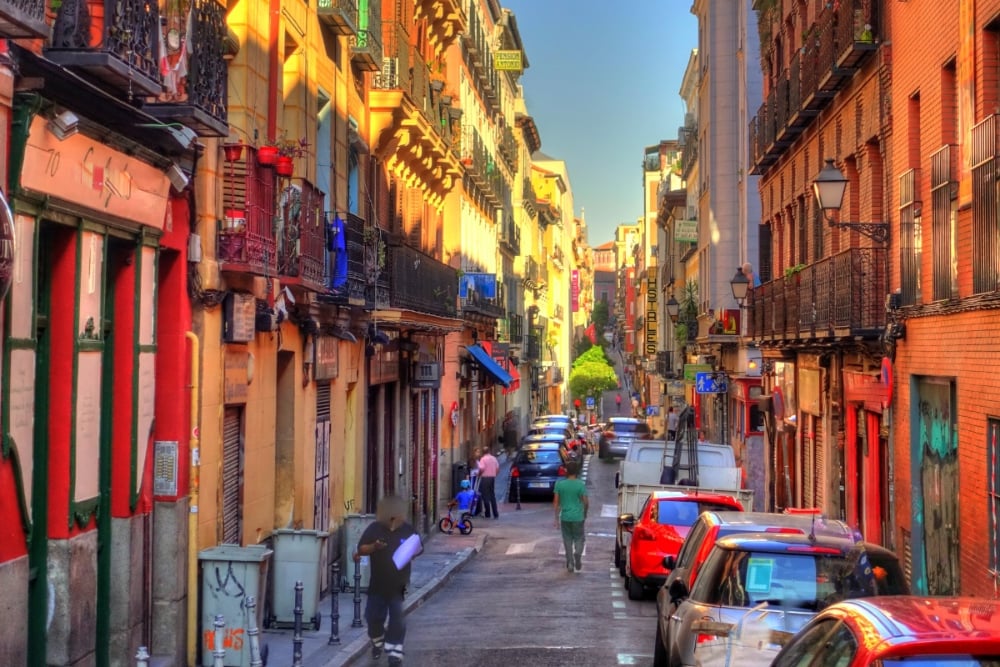
These efforts have blossomed Madrid into the most populous city in Spain for Jews—home to more than 15,000 Jews.
Experience Jewish Heritage in Madrid at These Attractions
Uncover remains of the Jewish Quarter in Lavapiés
Trace the steps of Medieval Spain through the narrow streets of Lavapiés, Madrid’s trendiest neighborhoods for culture, dining, entertainment, and nightlight. You’ll discover colorful graffiti, restaurants from different cultures, and plenty of traces of the Jewish heritage that once thrived here.
People watch in the Plaza de Lavapiés while reflecting on this site that once featured a fountain local Jews used to wash their feet. Wander down Calle de la Fe, formerly Calle Sinagoga, for the local synagogue no longer standing. Enjoy nightlife with a live theatrical performance at Teatro del Barrio.
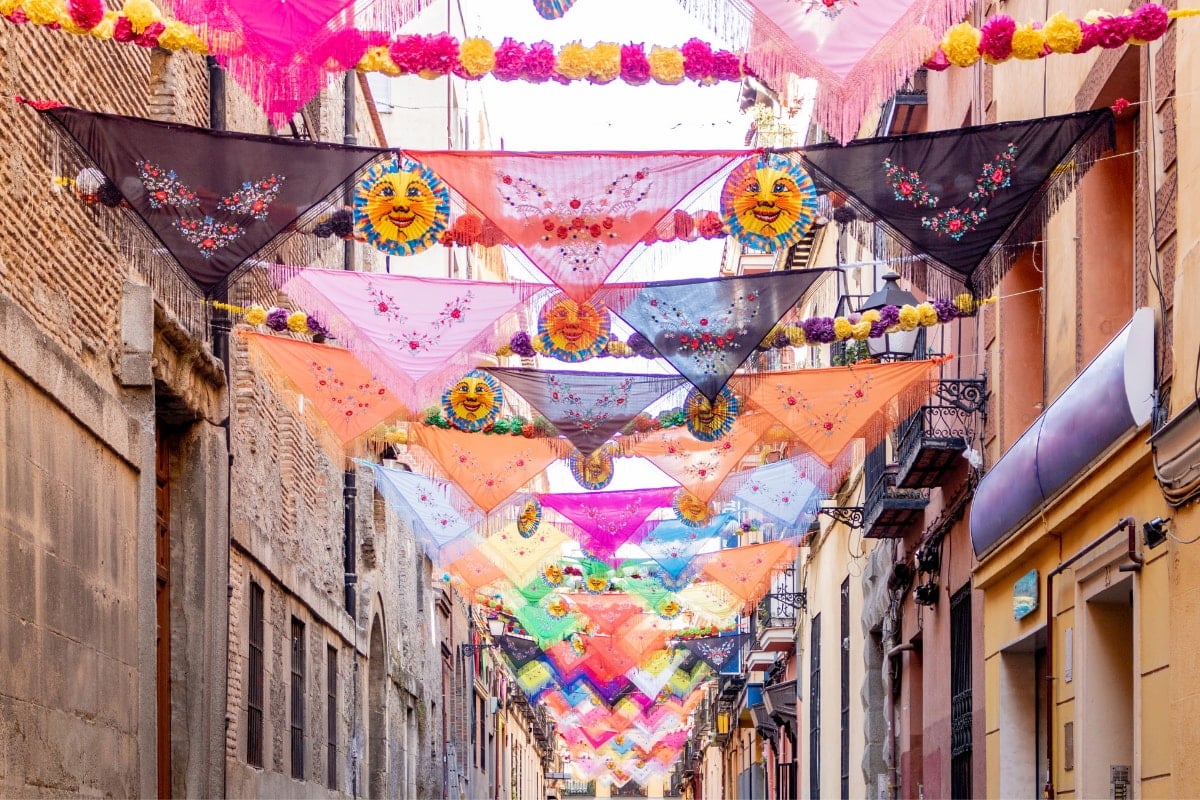
Visit the Beth Yaacov Synagogue
Sephardic tunes ring throughout the Beth Yaacov Synagogue as if a ‘welcome home’ siren to the Jewish diaspora. It’s the first official synagogue built in 1968 since Sephardic Jews were expelled in the 15th century. The synagogue is open to practicing Jews to participate in prayer time and Shabbat meals.
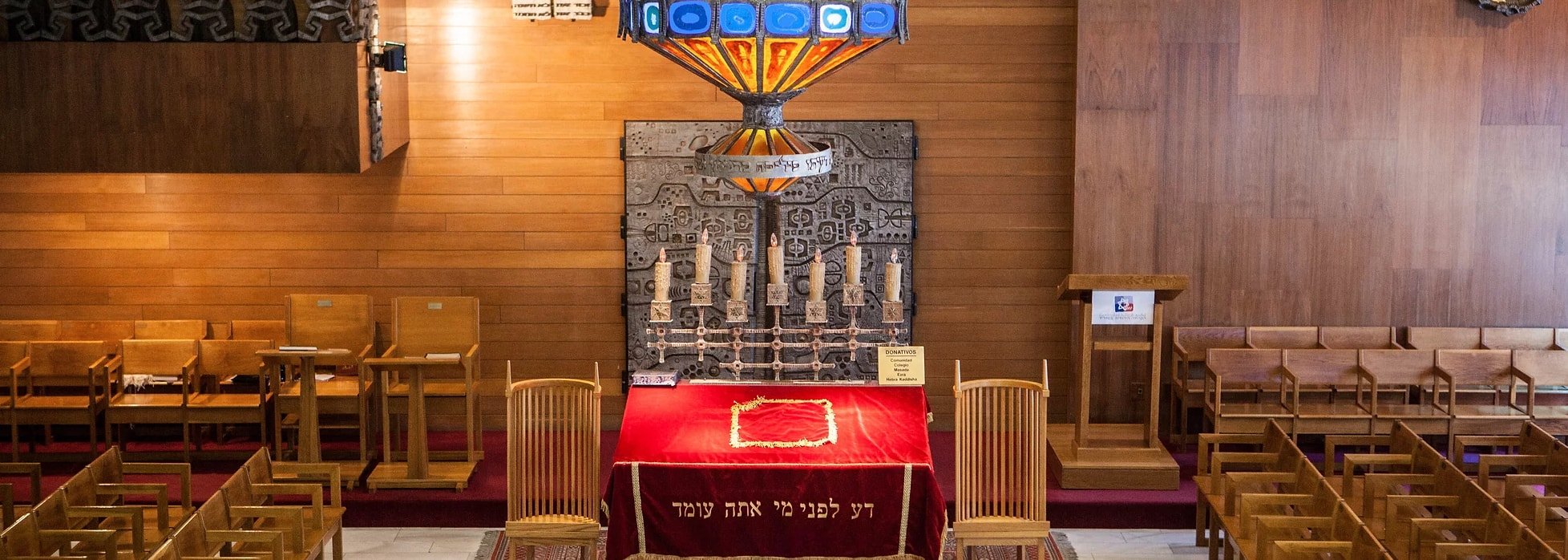
Discover Jewish Art at The Prado Museum
Step into the UNESCO Golden Triangle of Art to discover the masterpieces of the Prado Museum that hold an abundance of Jewish history and secrets. For more than two centuries, the Prado Museum has built its collection of more than 20,000 artworks. Private tours lead you through the galleries to see the famous Las Meninas by Diego Velazquez, a Spanish Jewish painter known for his royal portraits, scenes of Sephardic tales, and artistic renditions of Biblical stories.
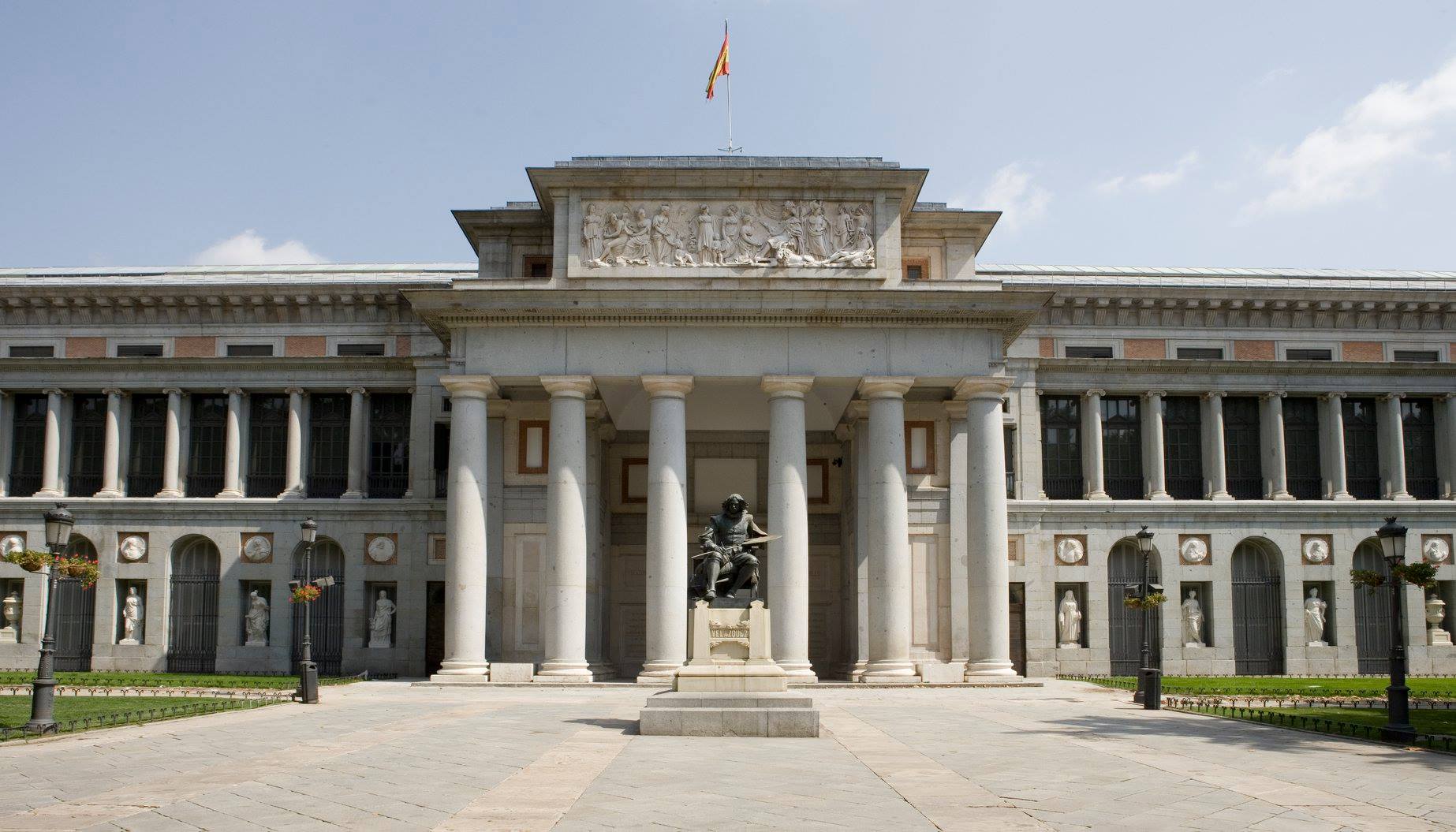
Pay Tribute to Jewish Lives in the British cemetery of Madrid
Cemeteries hold countless stories forever buried beneath the Earth. Browsing the tombstones in the British Cemetery of Madrid allude to early Jewish communities that returned to Madrid during the mid-1800s. Tour the grounds to see gravesites from the Bauer family, a prominent Jewish family, amongst 30 other gravesites.
The Bauer Family was headed by Ignacio Bauer, a Jewish Banker operating as an agent with the Rothschild Bank in the 1850s. In addition to the Bauer family tombs, you can also visit the Bauer Palace, the former residence.
Celebrate the Holidays with Janucá en la Calle
One of the best times for Jewish travel to Madrid is during the holiday season. Gather in the Plaza de la Villa with crowds of up to 50,000 people for the Janucá en the Calle, a festive Hanukkah celebration. The holidays kick off with this festival of lights, featuring musical performances, reading of Hebrew scriptures, lighting the menorah, and more for the entire family!
Ready to experience the Jewish side of Madrid? Engaging cultural tours like the Nora Kapan Sephardic tour explore Jewish history across Spain with a brief stop in Madrid, or the Jewish Heritage tour Madrid that takes you to all of Madrid’s most iconic sites. You’ll enjoy authentic Spanish and Jewish cuisines with dining experiences at Cafe Madrid, La Escudilla, and other Jewish-inspired restaurants. And cozy accommodations that put you within steps of connecting your Jewish heritage to the Spanish Capital.
